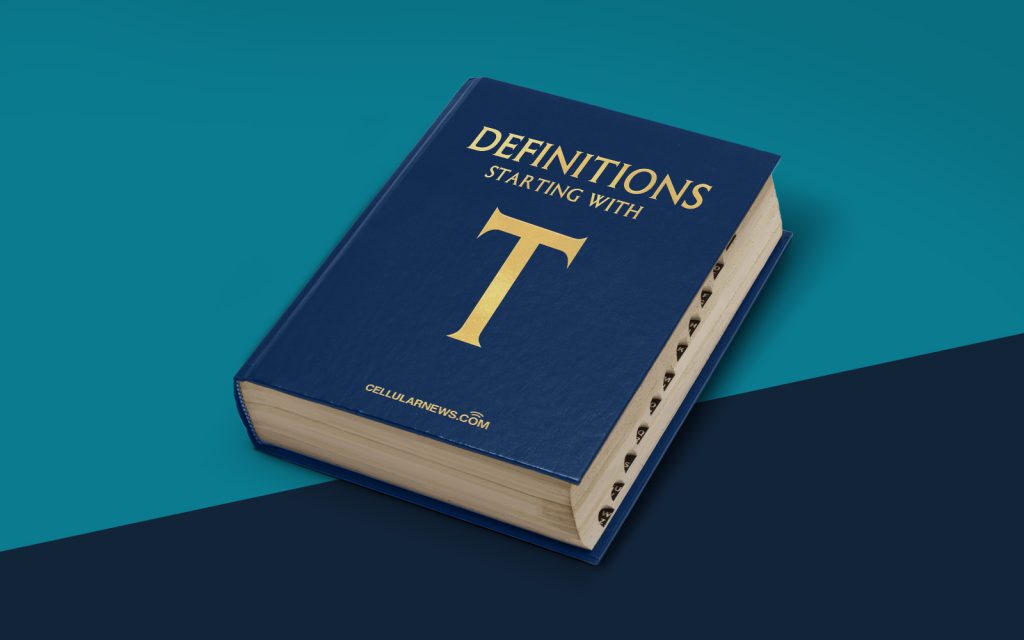
Understanding the Art of Thermographic Printing: A Guide
Have you ever come across invitations or business cards with raised lettering that adds a touch of elegance and sophistication? This unique printing technique is called thermographic printing. In this article, we will dive into the world of thermographic printing, exploring what it is, how it works, and why it’s often chosen over traditional printing methods.
Key Takeaways
- Thermographic printing is a specialized printing technique that creates raised lettering on various print materials.
- It involves applying a special powder to the printed ink and then heating it, causing the powder to melt and create a raised effect.
The Basics: What is Thermographic Printing?
Thermographic printing, also known as raised printing or thermography, is a technique that adds texture and dimension to printed materials. Unlike traditional printing methods, such as offset or digital printing, thermographic printing creates a raised effect on the ink to give a unique tactile experience. This effect not only enhances the visual appearance but also brings a sense of luxury and professionalism to the printed piece.
So, how does it work? Thermographic printing involves several steps:
- Ink Application: First, the desired design is printed using regular ink in the chosen color.
- Powder Application: Once the ink is applied, a specialized thermographic powder is sprinkled onto the wet ink. The powder is typically made of a resin or plastic compound.
- Heat Treatment: The printed material is then subjected to heat, typically in a special oven or heating chamber. The heat causes the thermographic powder to melt and rise, creating the raised effect.
- Cooling: After the heating process, the printed material is cooled, solidifying the raised texture.
- Finishing: Finally, any excess powder is removed, leaving behind a smooth and raised surface.
Now that you have a general understanding of how thermographic printing works, let’s explore some of the advantages of this unique printing technique.
Why Choose Thermographic Printing?
Thermographic printing offers several benefits compared to other printing methods. Here are a few reasons why it is a preferred choice:
- Elevated Aesthetics: Thermographic printing adds a touch of elegance and sophistication to any printed material. The raised lettering creates a visually appealing and professional look.
- Stand Out: In a world of digital communication, thermographic printing helps your printed materials stand out from the crowd. The unique texture and raised effect grab the attention of the recipient and make a lasting impression.
- Cost-Effective: Thermographic printing offers a cost-effective alternative to other high-end printing techniques, such as engraving or letterpress. It provides a similar raised effect at a lower cost.
- Versatility: Thermographic printing can be applied to various materials, including paper, cardboard, and even plastic. This flexibility allows you to create stunning and unique designs across different mediums.
Next time you receive an invitation or business card with raised lettering, you’ll have a deeper appreciation for the art behind it. Thermographic printing not only adds a visual and tactile dimension to printed materials but also helps you make a memorable impression. So, why not consider incorporating this unique printing technique into your next project?
